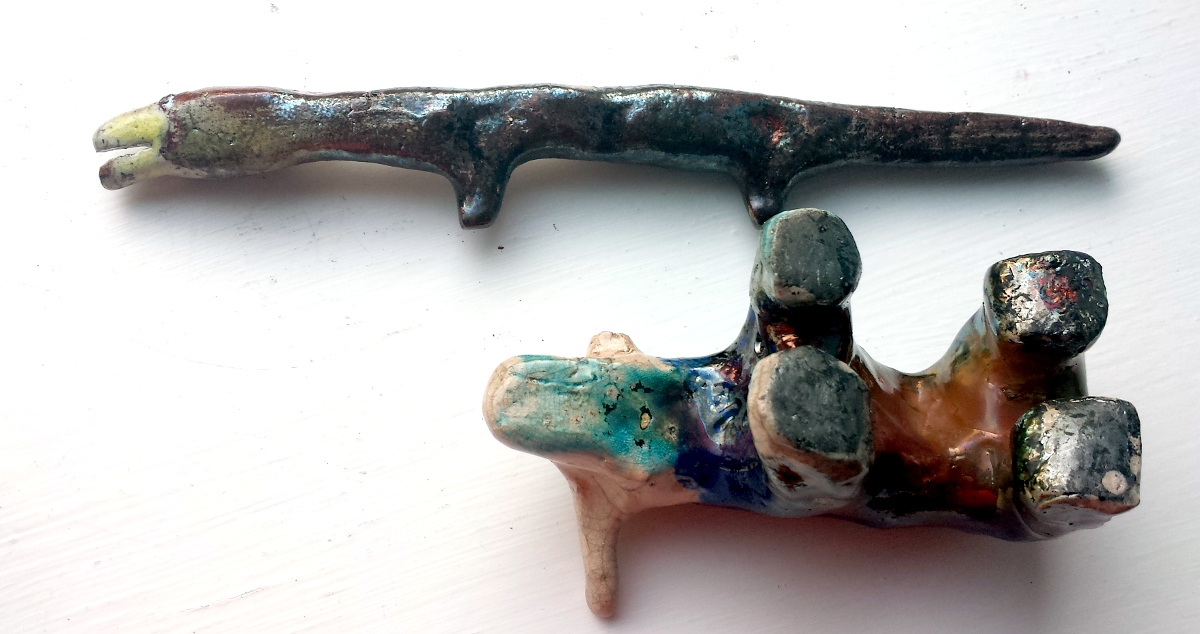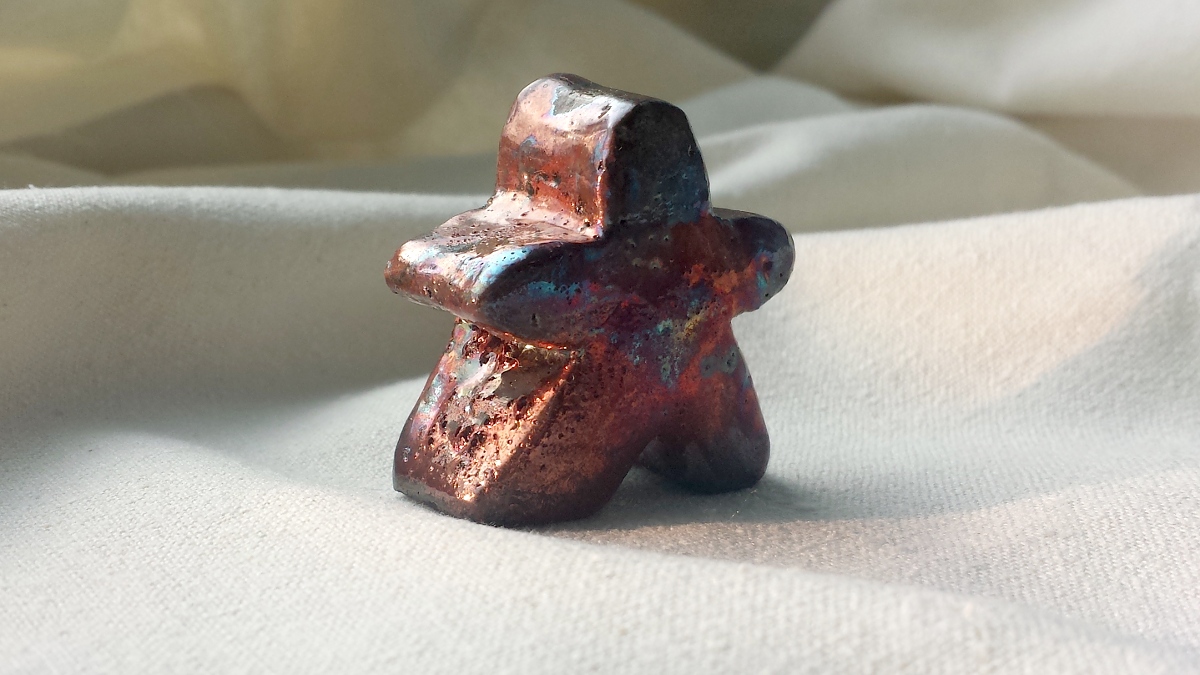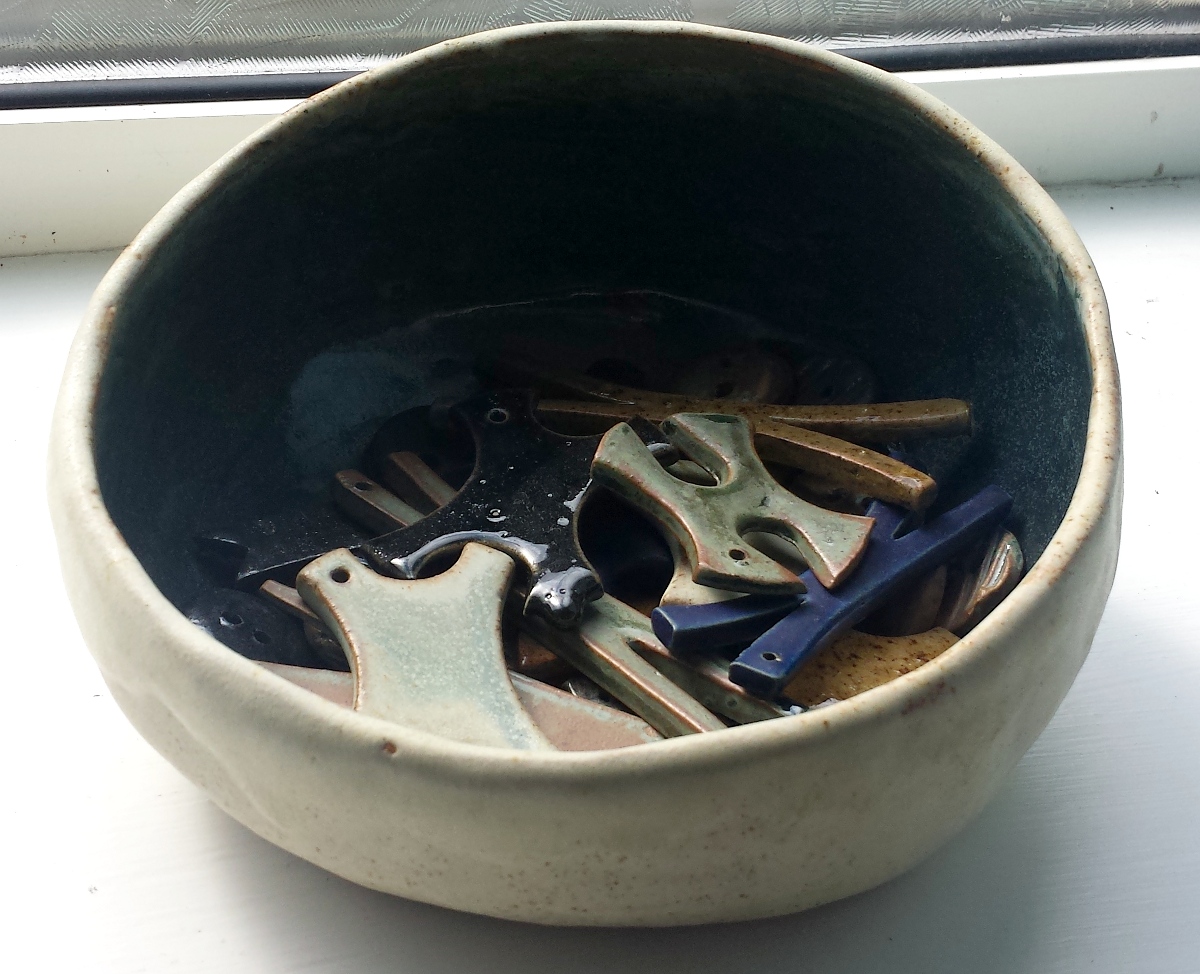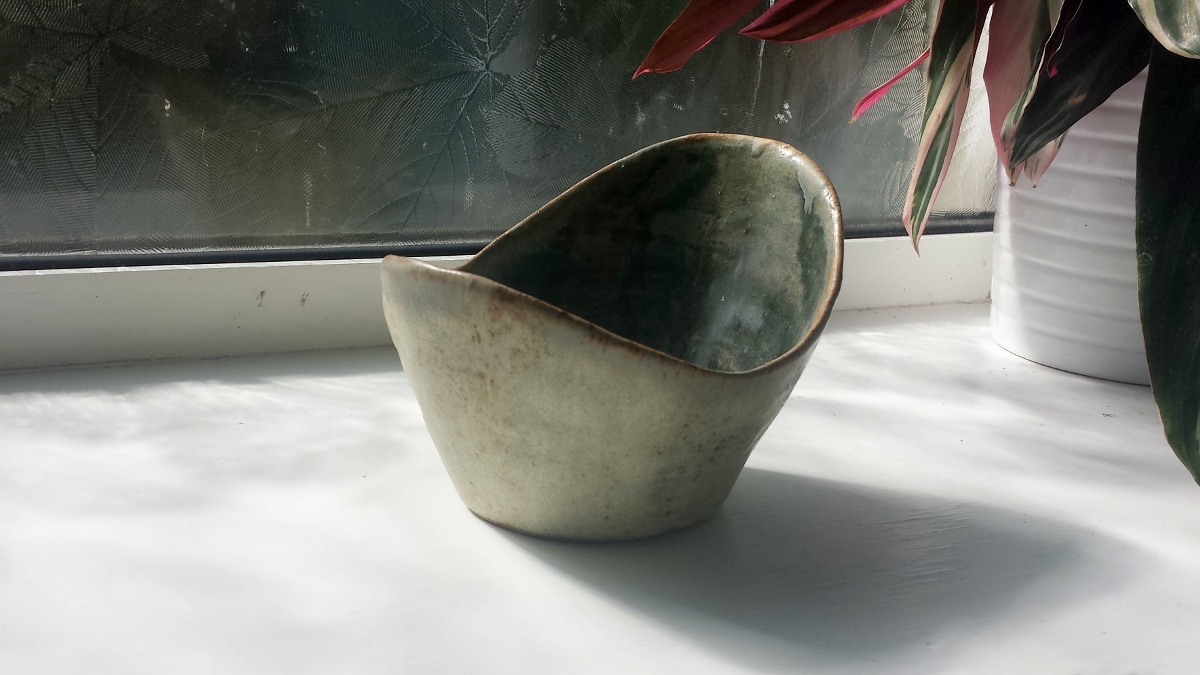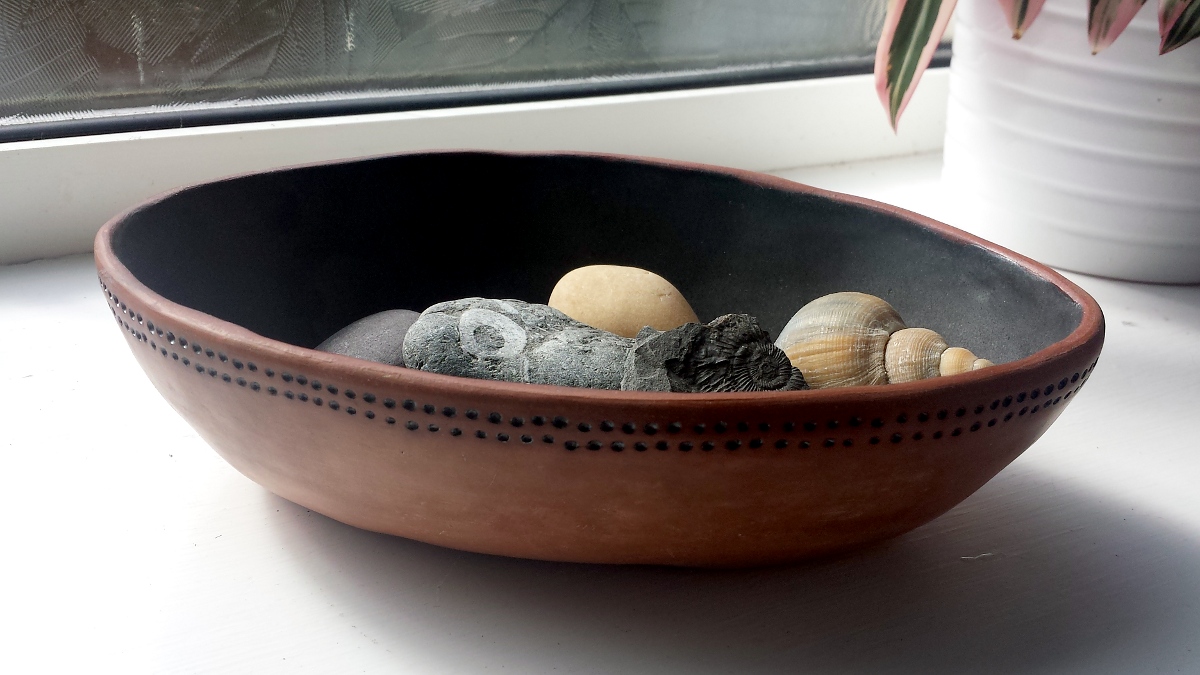Another long and picture heavy ceramics post! ;)
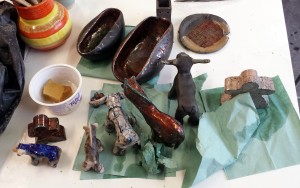 In March, I started a Sculptural Raku course at Hive Bradford.
In March, I started a Sculptural Raku course at Hive Bradford.
The Course
The ten session course used to be called “Angels and Acrobats”, with the focus on building sculptural figures that really come alive in a beautiful way when raku fired. To inform the figure building process, the course included two life drawing sessions and another session where people could sculpt models from the life drawing model, Sue.
I somehow missed the sculptural/figure focus when I signed up for the course: I’m not particularly into sculptural ceramics work in the first place (I like bowls and pots, mmm bowls and pots) and the life drawing fell during a super busy fortnight for me and pushed my social anxiety stuff over the edge. Thankfully the lovely tutor and I came up with a compromise: I researched animal figures from early civilisations and while my class mates finished off their sculptures of Sue, I made a herd of minoan bulls, a hittite-ish horse and a reptile/crocodile inspired by a picture I found in a book about Aboriginal art. (I made a Pinterest board as part of my research; it also includes Joan Miro and other chance/automatic art, as I was considering going down that route for a while too.)
We then had a couple of weeks to work on our own sculptural pieces for raku firing: I made a family of Meeple, an Etruscan-inspired horse, and … a couple of bowls – I couldn’t resist ;)
There was then a pause for a couple of months as the tutor was off sick but we finally fired our pieces over the last fortnight.
Raku Firing
The Raku firing process is very different to our normal firing: the pieces were fired to “bisque” in the electric kiln as usual, but then, instead of glazing and firing in a very slow, controlled fashion (and cooled down in the same slow, controlled fashion), Raku is very fast and exciting, involving lots of red hot stuff and fire. (Yes, fire fits in the “red hot stuff” set but I wanted to highlight that the process involves flames. FLAMES!)
Raku firing takes place outside. The pieces (which are made with a “grogged” clay, to be slightly less susceptible to thermal shock) are heated in a gas kiln until the glaze is molten – the clay body itself doesn’t look that hot but boy, it is – it’s about 800C! Then, a daredevil opens the kiln and using a pair of metal tongs, transfers each piece into the reduction kiln – aka a “mucky dustbin” about one-third filled with sawdust. The sawdust immediately bursts into flames, a little more sawdust is thrown on top then the bin is covered with a lid (and damp cloths to reduce the smoke leakage).
Inside the mucky dustbin, magic is happening – magic I don’t full understand but some sorcery that turns the outside of the clay a rich warm black (see the broken minoan bull below), and causes the chemicals in the glazes to change colour, depending on how much oxygen/carbon is available to them (the fire/closed bin reduces the amount of oxygen – hence “reduction kiln”).
It’s just about impossible to predict how Raku fired items will turn out – a short delay in the transfer between the gas kiln and the mucky dustbin will cause certain glazes to do one thing rather than another. Ditto how they sit in the sawdust, or where they sat in the kiln, or how the fire licks around the items, or a dozen other things.
An example of this can be seen on one of my little test pieces – the glaze on the bull’s belly is the same as under his chin, but the chin part had (I think) access to more oxygen so it went blue-y rather than coppery & metallic. (The crocodile thing is also the same glaze as the smallest Meeple below – the crocodile is a glossy green-brown with some metallic shimmers but the baby Meeple is full-on shiny.)
That’s another thing that makes the process exciting – you never know what you’re going to get or if your item will explode from the heat change either going into the reduction kiln or coming out of it. (or crack afterwards, like the minoan bull below). And in case that all wasn’t exciting enough, it only takes about half an hour from start to finish – a stoneware firing in our electric kiln takes a couple of days to get up to 1200C and come back down again – so you get to squeal about your freshly fired stuff straight away.
My first Raku pieces
Raku items are known for their glorious shiny metallics and for crackles which get stained with carbon in the reduction kiln. As it was my first time Rakuing, I tried to get examples of both.
First up, the shiny-shiny.

